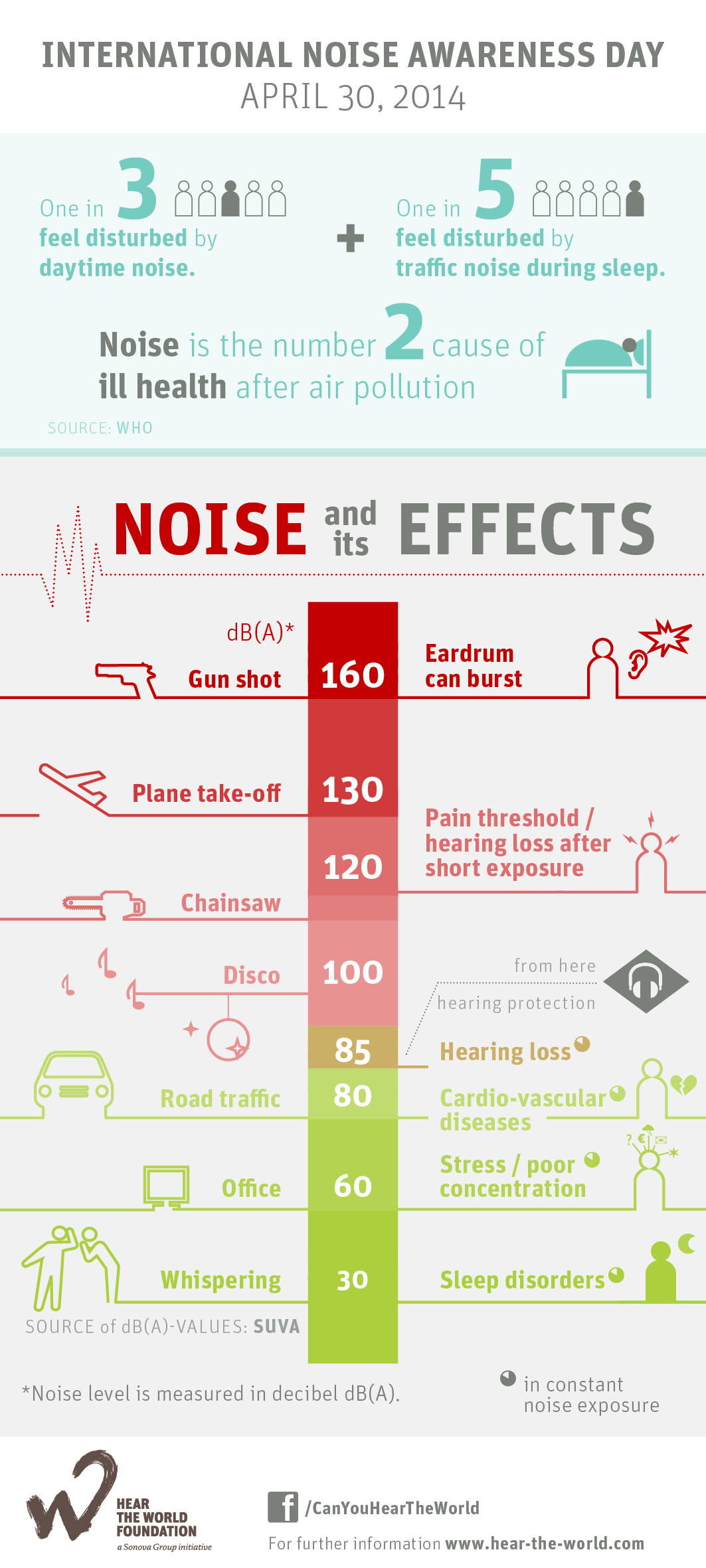Trick Techniques For Addressing Acoustic Processing Problems In Dyslexia Can Transform Learning Experiences-- Uncover What Techniques Can Really Cultivate Success And Confidence
Trick Techniques For Addressing Acoustic Processing Problems In Dyslexia Can Transform Learning Experiences-- Uncover What Techniques Can Really Cultivate Success And Confidence
Blog Article
Created By- hop over to here
When you consider the challenges that dyslexic learners face, it's clear that auditory processing issues commonly play a significant role. You may wonder just how tailored approaches can bridge the gap between acoustic directions and comprehension. By incorporating aesthetic aids and damaging tasks into workable actions, you can boost focus and understanding. Nevertheless, the remedies do not quit there. What various other strategies can create a genuinely supportive understanding setting that promotes success and confidence?
Comprehending Dyslexia and Auditory Processing
Dyslexia influences approximately 1 in 5 individuals, making it one of one of the most common learning impairment. If you're navigating dyslexia, you may find that it does not simply influence reading and writing; it can also influence exactly how you refine auditory information.
Auditory processing refers to how your brain translates noises, including language. When you struggle with this, it can result in challenges in understanding talked guidelines and complying with conversations.
You might discover that you often misinterpret what you listen to or that it takes much longer for you to respond in conversations. This isn't a representation of your intelligence; it's a certain trouble related to processing auditory signals.
Recognizing this connection is vital since it assists clarify why you may excel in aesthetic tasks while facing obstacles in jobs that rely upon acoustic understanding.
Identifying these obstacles can encourage you. By comprehending the intricacies of dyslexia and auditory handling, you can better support for your needs, whether in educational settings or social situations.
It's important to recognize these concerns so you can look for the ideal assistance and methods in the future.
Reliable Techniques for Support
Browsing the obstacles of acoustic processing can really feel frustrating, but there are effective approaches that can aid you grow.
By executing these methods, you can boost your learning experience and enhance your ability to procedure auditory information.
- ** Use aesthetic help **: Coupling auditory directions with aesthetic supports, like graphes or diagrams, can dramatically enhance understanding.
- ** Damage jobs into smaller sized actions **: Simplifying directions into workable portions permits you to focus and process details better.
- ** Exercise executive functioning examples listening **: Participate in exercises that motivate you to listen attentively, such as summarizing what you've heard or asking inquiries for information.
- ** Include innovation **: Make use of apps or software program created to help with acoustic processing, such as speech-to-text tools or audiobooks, to strengthen learning.
Creating Encouraging Understanding Atmospheres
Developing a supportive learning atmosphere is important for aiding people with auditory handling obstacles prosper. Beginning by decreasing interruptions in your classroom or learning room. Use acoustic panels or soft home furnishings to absorb noise, which can aid pupils focus much better. Make sure seating setups permit clear sightlines to the instructor and any type of aesthetic aids.
Next off, incorporate clear and succinct interaction. Talk gradually and use basic language, checking for recognizing often. Encourage https://troylotvz.blogaritma.com/31200516/overcome-the-difficulties-of-advocating-for-your-kid-with-dyslexia-by-checking-out-important-methods-that-equip-both-you-and-your-kid-in-the-academic-system to ask inquiries if they're unsure. Visual help like graphes, layouts, and composed guidelines can enhance understanding and retention.
Additionally, foster a society of perseverance and understanding amongst peers. Educate trainees concerning auditory processing concerns, advertising empathy and support. Group tasks can be advantageous; simply make sure that duties are clear which trainees work together to support each other.
Finally, offer routine comments. Commemorate progression and accomplishments, no matter how tiny. This support constructs self-confidence and reinforces the concept that learning is a journey.
Conclusion
In your trip to boost learning for people with dyslexia, think of each strategy as a tipping stone across a river. By weaving together acoustic and visual help, breaking tasks right into bite-sized items, and nurturing a supportive atmosphere, you aid produce a bridge to understanding. Bear in mind, fostering empathy among peers and engaging families can light the path to success. With persistence and devotion, you'll encourage learners to overlook challenges, transforming their battles right into strengths.
